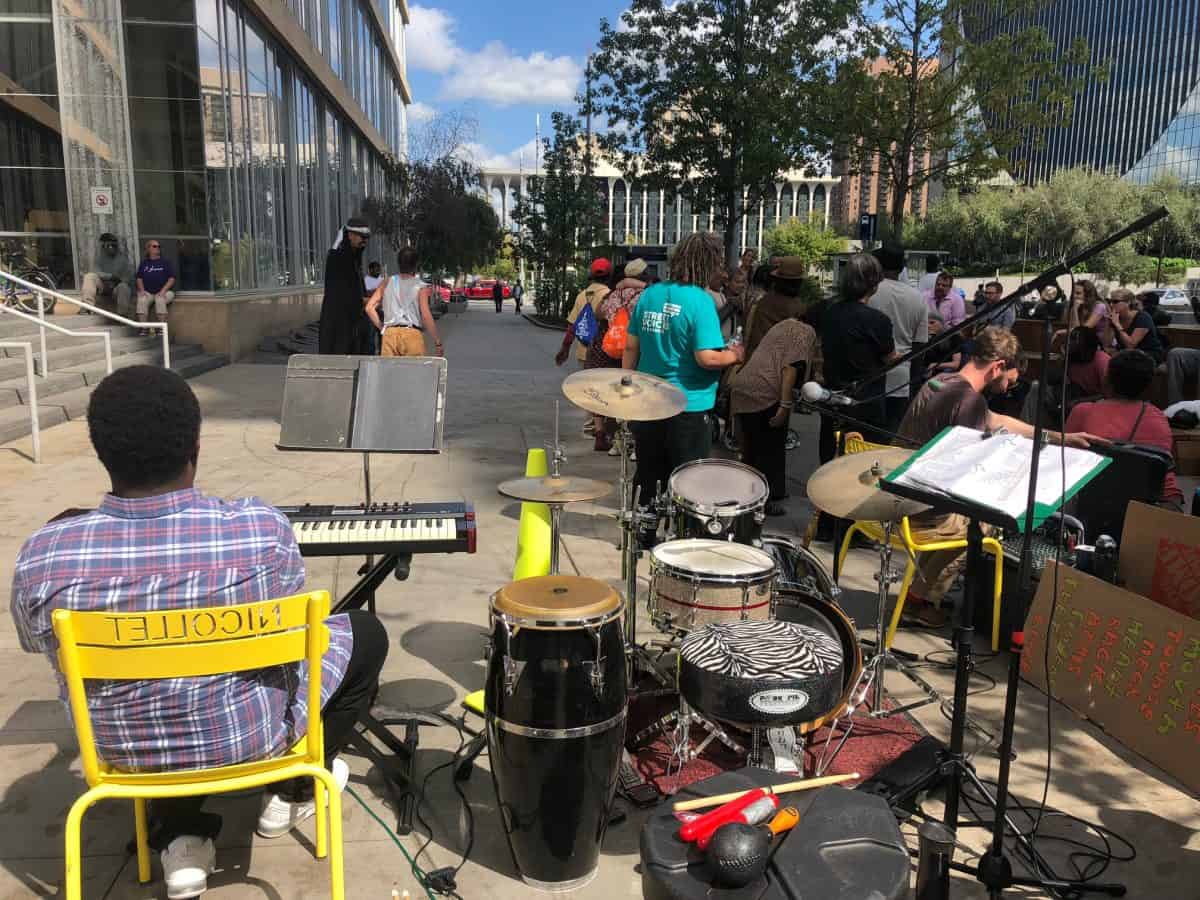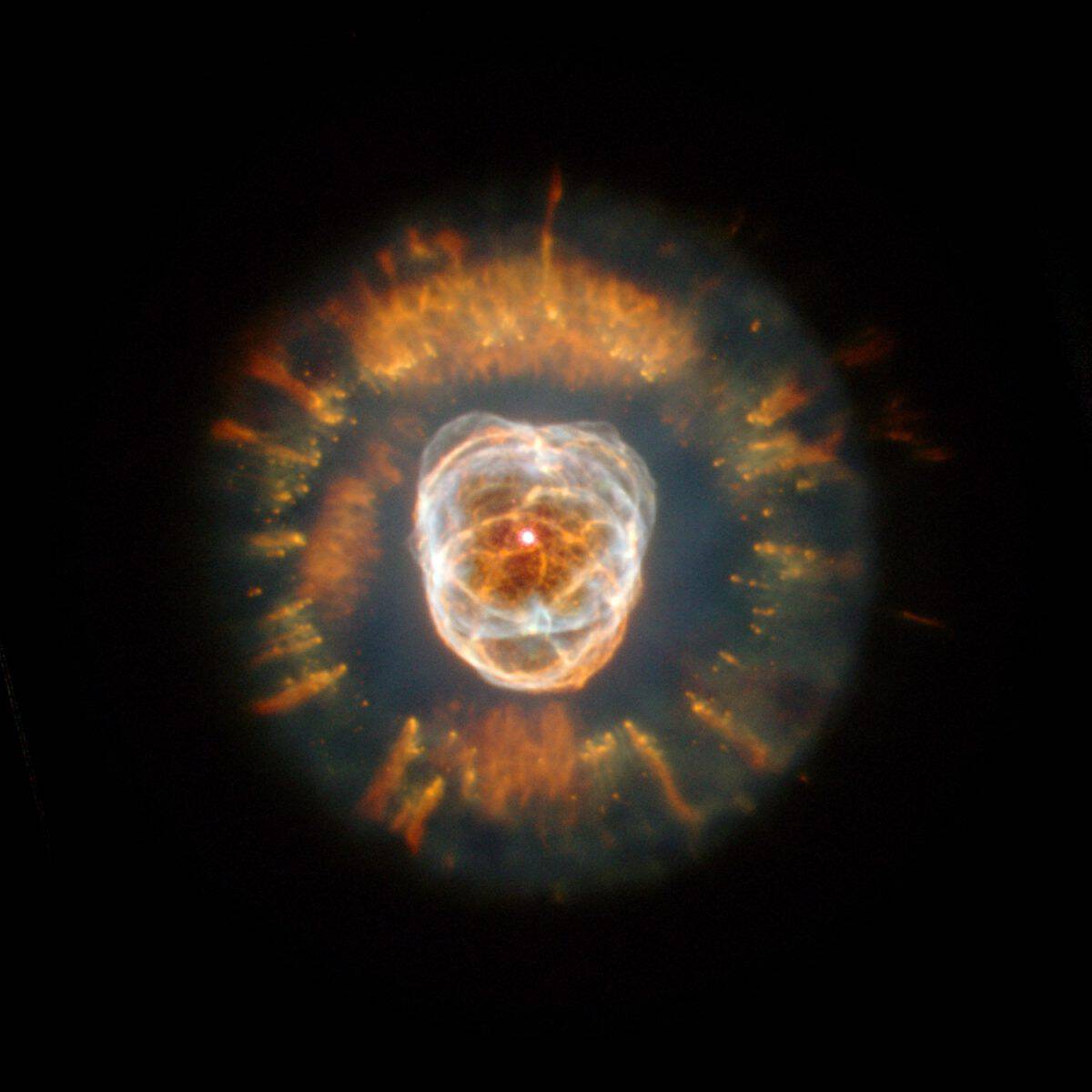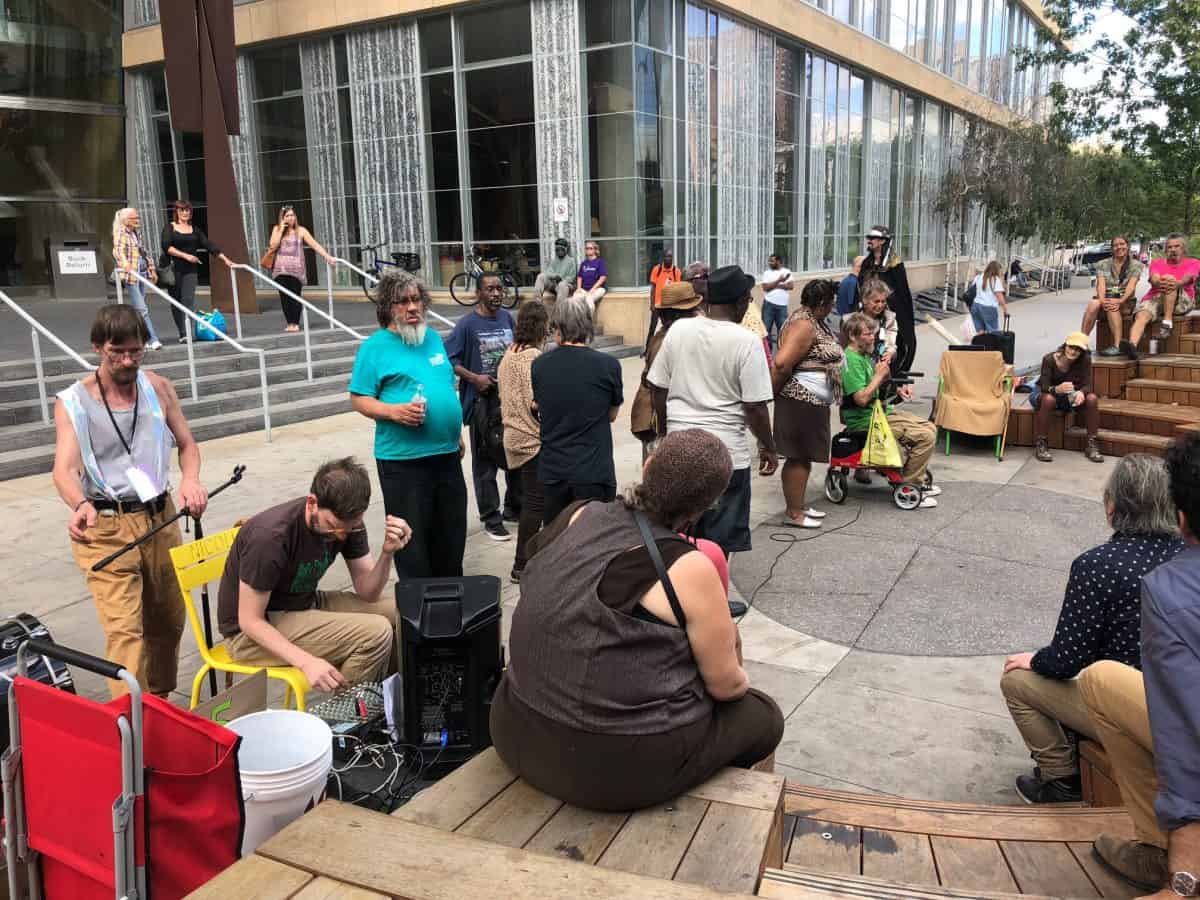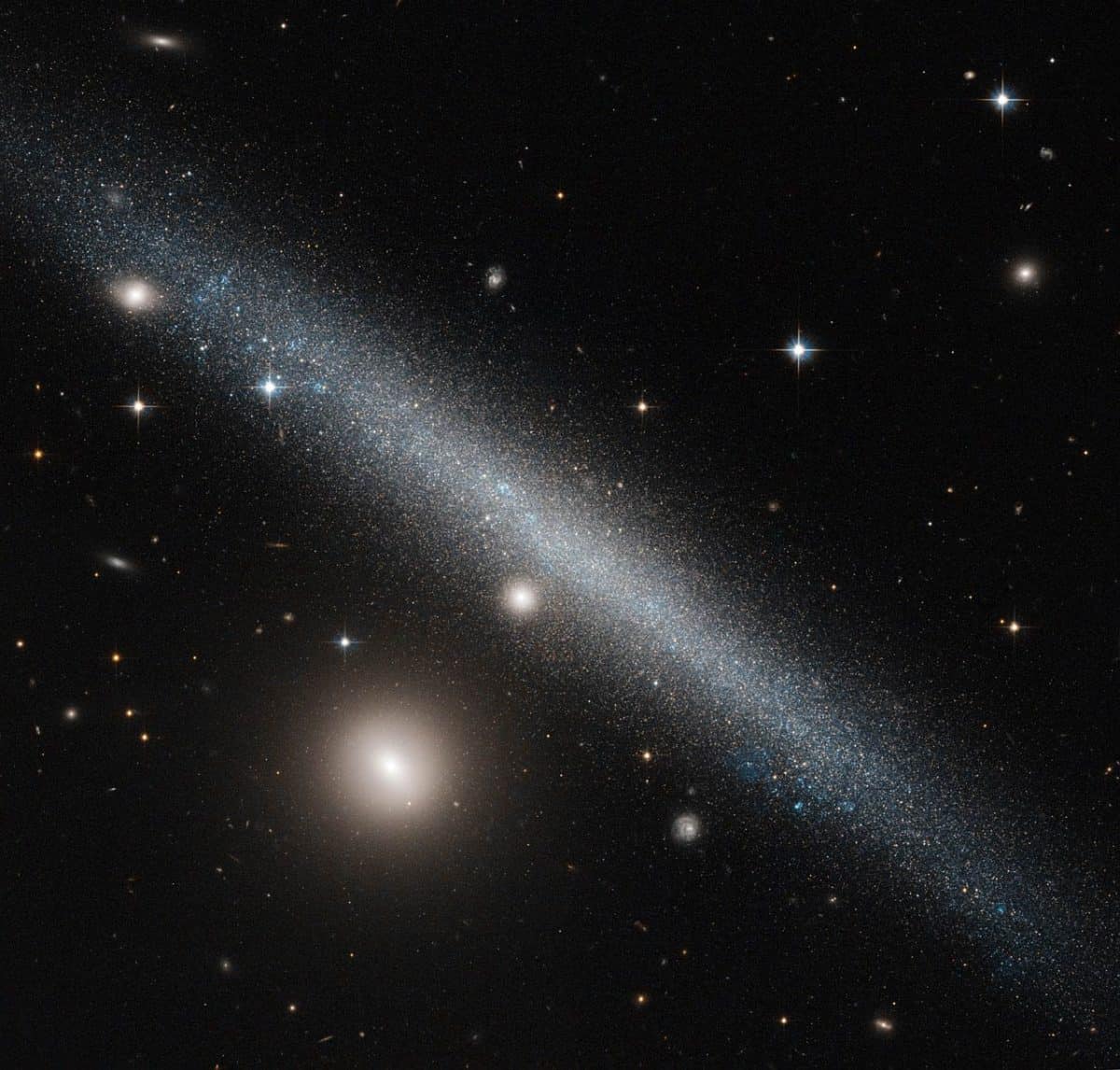Blog
Giuseppe “Joe” Venuti (September 16, 1903– August 14, 1978 Philadelphia, PA) was an Italian-American jazz musician and pioneer jazz violinist.
Considered the father of jazz violin, he pioneered the use of string instruments in jazz along with the guitarist Eddie Lang, a friend since childhood. Through the 1920s and early 1930s, Venuti and Lang made many recordings, as leader and as featured soloists. He and Lang became so well known for their ‘hot’ violin and guitar solos that on many commercial dance recordings they were hired to do 12- or 24-bar duos towards the end of otherwise stock dance arrangements. In 1926, Venuti and Lang started recording for the OKeh label as a duet (after a solitary duet issued on Columbia), followed by “Blue Four” combinations, which are considered milestone jazz recordings. Venuti also recorded commercial dance records for OKeh under the name “New Yorkers”.
He worked with Benny Goodman, Adrian Rollini, the Dorsey Brothers, Bing Crosby, Bix Beiderbecke, Jack Teagarden, Frank Signorelli, the Boswell Sisters, and most of the other important white jazz and semi-jazz figures of the late 1920s and early 1930s. However, following Lang’s death in 1933, Venuti’s career began to wane, though he continued performing through the 1930s, recording a series of commercial dance records (usually containing a Venuti violin solo) for the dime store labels, OKeh and Columbia, as well as the occasional jazz small group sessions. He was also a strong early influence on western swing players like Cecil Brower. Many of the 1920s OKeh sides continued to sell and remained in print through 1935 when ARC discontinued the OKeh label and reissued selected sides on the 35-cent Vocalion label (the OKeh label was revived by CBS in 1940).
After a period of relative obscurity in the 1940s and 1950s, Venuti played violin and other instruments with Jack Statham at the Desert Inn Hotel in Las Vegas. Statham headed several musical groups that played at the Desert Inn from late 1961 until 1965, including a Dixieland combo. Venuti was with him during that time, and was active with the Las Vegas Symphony Orchestra during the 1960s. He was ‘rediscovered’ in the late 1960s. In the 1970s, he established a musical relationship with tenor saxophonist Zoot Sims that resulted in three recordings. In 1976, he recorded an album of duets with pianist Earl Hines entitled Hot Sonatas. He also recorded an entire album with country-jazz musicians including mandolinist Jethro Burns (of Homer & Jethro), pedal steel guitarist Curly Chalker and former Bob Wills sideman and guitarist Eldon Shamblin. Venuti died in Seattle, Washington.
https://www.youtube.com/watch?v=GuN73HzcRgI
more...The Islamic ‘Uighurs’ from China’s far northwest Xinjian region are renowned for their music and dance traditions. Best known among these are the On ikki muqam; twelve classical song-and-dance suites. Instruments used include fiddles, plucked lutes (dutar, tanbur), dulcimer and the ass-hide drum (dap). Melodies are highly ornamented and generally built on a seven-note scale.
more...“Second Chance”
zAmya Theaters extended run
Saturday Sept 15th 1pm
Elliot Park 1000 E 14th St, Minneapolis, MN 55404
Music by mick laBriola & Momoh Freeman
more...
Eskimo nebula (NGC 2392). In its first glimpse of the heavens following the successful December 1999 servicing mission, NASA’s Hubble Space Telescope captured a majestic view of a planetary nebula, the glowing remains of a dying, Sun-like star. This stellar relic, first spied by William Herschel in 1787, is nicknamed the “Eskimo” Nebula (NGC 2392) because, when viewed through ground-based telescopes, it resembles a face surrounded by a fur parka. In this Hubble telescope image, the “parka” is really a disk of material embellished with a ring of comet-shaped objects, with their tails streaming away from the central, dying star. The Eskimo’s “face” also contains some fascinating details. Although this bright central region resembles a ball of twine, it is, in reality, a bubble of material being blown into space by the central star’s intense “wind” of high-speed material. In this photo, one bubble lies in front of the other, obscuring part of the second lobe. Scientists believe that a ring of dense material around the star’s equator, ejected during its red giant phase, created the nebula’s shape. The bubbles are not smooth like balloons but have filaments of denser matter. Each bubble is about 1 light-year long and about half a light-year wide. Scientists are still puzzled about the origin of the comet-shaped features in the “parka.” One possible explanation is that these objects formed from a collision of slow-and fast-moving gases. The Eskimo Nebula is about 5,000 light-years from Earth in the constellation Gemini. The picture was taken Jan. 10 and 11, 2000, with the Wide Field and Planetary Camera 2. The nebula’s glowing gases produce the colors in this image: nitrogen (red), hydrogen (green), oxygen (blue), and helium (violet).
more...Julian Edwin “Cannonball” Adderley (September 15, 1928 – August 8, 1975) was an American jazz alto saxophonist of the hard bop era of the 1950s and 1960s.
Adderley is remembered for his 1966 soul jazz single “Mercy, Mercy, Mercy“, a crossover hit on the pop charts (it was also covered by The Buckinghams). He worked with trumpeter Miles Davis, on his own 1958 Somethin’ Else album, and on the seminal Davis records Milestones (1958) and Kind of Blue (1959). He was the older brother of jazz trumpeter Nat Adderley, a longtime member of his band.
Originally from Tampa, Florida, Adderley moved to New York in 1955. His nickname derived from “cannibal”, a title imposed on him by high school colleagues as a tribute to his voracious appetite.
The Cannonball Adderley Quintet featured Cannonball on alto sax and his brother Nat Adderley on cornet. Cannonball’s first quintet was not very successful; however, after leaving Davis’ group, he formed another group again with his brother.
The new quintet, which later became the Cannonball Adderley Sextet, and Cannonball’s other combos and groups, included such noted musicians as saxophonists Charles Lloyd and Yusef Lateef, pianists Bobby Timmons, Barry Harris, Victor Feldman, Joe Zawinul, Hal Galper, Michael Wolff, and George Duke, bassists Ray Brown, Sam Jones, Walter Booker, and Victor Gaskin, and drummers Louis Hayes and Roy McCurdy.
more...Roger “Ram” Ramirez – piano, organ, composer, (1913 – 1994) Rogelio Ramirez (also known as Roger or Ram) was born in San Juan, Puerto Rico on September 15, 1913. He arrived on Ellis Island in 1920.He was raised in New York, was recognized as a prodigious talent and by 13 was a professional musician, and a member of the American Federation of Musicians. Ramirez worked with the Louisiana Stompers, The Spirits of Rhythm, and Monette Moore in 1933. The following year, he joined trumpeter Rex Stewart for a set of recordings that are available today on the Columbia and Classic labels. In 1935, he joined Willie Bryant and in 1937, he went to Europe with a group led by Bobby Martin. A highlight in Ram Ramirez’s career carne at the age of 21, in 1934 when he literally substituted for Duke Ellington in a small group led by Rex Stewart, with whom he recorded Stingaree, and Baby Ain’tcha Satisfied. Ramirez backed the legendary Ella Fitzgerald in 1940, in the band she took over after the death of Chick Webb, and worked with Frankie Newton and Charlie Barnet in 1942. In 1944, he joined the John Kirby Sextet and this was followed by stints with his own trio. He proceeded to play in bands led by Frankie Newton and Ike Quebec, appearing with the latter on some early Blue Note Records, Ramirez also recorded under his own name in 1946, leading a trio with guitarist Jimmy Shirley and bassist Al Hall. In 1944 Billie Holiday recorded Ramirez’s composition, Lover Man, a song which is still strongly associated with her, and subsequently became a jazz standard. This has been his biggest claim to fame, and his enduring contribution to jazz. In the late ’40s and early ’50s he continued to play in and around New York, and in 53 began to play organ on more occasions, where he started to make a name for himself in the clubs. In the ’60s he toured Europe with bluesman T-Bone Walker, and the following decade was with the Harlem Blues and Jazz Band. He continued to make appearances with this group into the early ’80s. A blues-orientated pianist and organist that could swing with the best of them Ramirez is perhaps less well known than his skills warrant. He participated in approximately 62 jazz recording sessions between 1934 and 1981.His best solo effort was Live in Harlem, from 1960, where he puts on a dazzling display of his skills on the organ. There was a reissue release in 2005 of Ill Remember April, by the Ram Ramirez Trio. Ram Ramirez died on Jan. 13, 1994.
https://www.youtube.com/watch?v=pQhmvd3l1GI&index=3&t=0s&list=PL8434968ECDC744B7
more...Albert Aloysius Casey (September 15, 1915 – September 11, 2005) known professionally as Al Casey, was a jazz guitarist who was a member of Fats Waller’s band during the 1930s and early 1940s.
Casey was born in Louisville, Kentucky. He attended DeWitt Clinton High School in New York City and studied guitar.
He was a child prodigy who started on violin, then ukulele. He began playing guitar in 1930 and met Fats Waller in 1933. The following year, at the age of eighteen, he became a member of Waller’s band. He made many recordings with the band, and he is noted for having played the solo in “Buck Jumpin'”. After Waller’s death in 1943, he led his own trio. For two consecutive years in the 1940s, he was voted best guitarist in Esquiremagazine.
https://www.youtube.com/watch?v=adGjx7tYsmo
more...Mozambique
more...https://www.youtube.com/watch?v=sVQDUvxL-0E
more...“Second Chance” zAmya theaters production with the Homeless Community. 4th and last performance at Minneapolis Downtown Library Friday 9-14-18 5pm.
Music by mick laBriola & Momoh Freeman.
Featuring music of The Coasters, Nina Simone, Allen Toussaint, Bob Marley, Otis Redding, The Meters, Fats Domino, Joe Zawinul, Louis Armstrong, Jimmy Cox, The Animals etc
more...Seen here from an edge-on perspective, UGC 1281 is a slightly warped dwarf galaxy with an apparent visual magnitude of 12.6.
It is located in the constellation of Triangulum, about 18 million light-years away from our Solar System.
The bright companion to the lower left of UGC 1281 is the small galaxy PGC 6700, also known as 2MASX J01493473+3234464.
Other prominent stars belonging to our own galaxy, the Milky Way, and more distant galaxies can be seen scattered throughout the sky.
The side-on view astronomers have of UGC 1281 makes it a perfect candidate for studies into how gas is distributed within galactic halos – an extended, roughly spherical component of a galaxy which extends beyond the main, visible component.
Astronomers have studied UGC 1281 to see how its gas vertically extends out from its central plane, and found it to be a quite typical dwarf galaxy.
However, it does have a slightly warped shape to its outer edges, and is forming stars at a particularly low rate.
more...Oliver Lake (born September 14, 1942) is an American jazz saxophonist, flutist, composer and poet. He is known mainly for alto saxophone but he also performs on soprano and flute.
During the 1960s Lake worked with the Black Artists Group in St. Louis. In 1977 he founded the World Saxophone Quartet with David Murray, Julius Hemphill, and Hamiet Bluiett. He has worked in the group Trio 3 with Reggie Workman and Andrew Cyrille. He is the father of drummer Gene Lake.
Lake has been a resident of Montclair, New Jersey.
more...Joseph Jarman (born September 14, 1937 in Pine Bluff, Arkansas), is a jazz musician, composer, and Shinshu Buddhist priest. He was one of the first members of the Association for the Advancement of Creative Musicians and a member of the Art Ensemble of Chicago.
Jarman grew up in Chicago, Illinois. At DuSable High School he studied drums with Walter Dyett, switching to saxophone and clarinet when he joined the United States Army after graduation.[1]During his time there, he was part of the 11th Airborne Division Band for a year.
After he was discharged from the army in 1958, Jarman attended Wilson Junior College, where he met bassist Malachi Favors Maghostut and saxophonists Roscoe Mitchell, Henry Threadgill, and Anthony Braxton. These men would often perform long jam sessions at the suggestion of their professor Richard Wang (now with Illinois University). Mitchell introduced Jarman to pianist Muhal Richard Abrams, and Jarman, Mitchell, and Maghostut joined Abrams’ Experimental Band, a private, non-performing ensemble, when that group was founded in 1961. The same group of musicians continued to play together in a variety of configurations, and went on to found the Association for the Advancement of Creative Musicians (AACM) in 1965, along with Fred Anderson and Phil Cohran.
https://www.youtube.com/watch?v=perVFDDy_xg
more...Israel López Valdés (September 14, 1918 – March 22, 2008), better known as Cachao (/kəˈtʃaʊ/ kə-CHOW), was a Cuban double bassist and composer. Cachao is widely known as the co-creator of the mambo and a master of the descarga (improvised jam sessions).[2] Throughout his career he also performed and recorded in a variety of music styles ranging from classical music to salsa. An exile in the United States since the 1960s, he only achieved international fame following a career revival in the 1990s.
Born into a family of musicians in Havana, Cachao and his older brother Orestes were the driving force behind one of Cuba’s most prolific charangas, Arcaño y sus Maravillas. As members of the Maravillas, Cachao and Orestes pioneered a new form of ballroom music derived from the danzón, the danzón-mambo, which subsequently developed into an international genre, mambo. In the 1950s, Cachao became famous for popularizing improvised jam sessions known as descargas. He emigrated to Spain in 1961, and moved to the United States in 1963, starting a career as a session and live musician for a variety of bands in New York during the rise of boogaloo, and later, salsa.
In the 1970s, Cachao fell into obscurity after moving to Las Vegas and later Miami, releasing albums sporadically as a leader. In the 1990s, he was re-discovered by actor Andy García, who brought him back to the forefront of the Latin music scene with the release of a documentary and several albums. Before his death in 2008, Cachao had earned a star on the Hollywood Walk of Fame and several Grammy Awards. He is ranked number 24 on Bass Player magazine’s list of “The 100 Greatest Bass Players of All Time”.
https://www.youtube.com/watch?v=tBIVgzDteAo
more...World Music on Flamenco Fridays with The Gypsy Kings prior to fame. Performing Fandango.
Fandango is a lively couples dance from Spain, usually in triple metre, traditionally accompanied by guitars, castanets, or hand-clapping (“palmas” in Spanish). Fandango can both be sung and danced. Sung fandango is usually bipartite: it has an instrumental introduction followed by “variaciones”. Sung fandango usually follows the structure of “cante” that consist of four or five octosyllabic verses (coplas) or musical phrases (tercios). Occasionally, the first copla is repeated.
Eighteenth century Castilianfandango dancers (by Pierre Chasselat) (1753–1814)
Fandango rhythm.
The meter of fandango is similar to that of the bolero and seguidilla. It was originally notated in 6/8 time, but later in 3/8 or 3/4.
The earliest fandango melody is found in the anonymous “Libro de diferentes cifras de guitarra” from 1705, and the earliest description of the dance itself is found in a 1712 letter by Martín Martí, a Spanish priest. The fandango’s first sighting in a theatrical work was in Francisco de Leefadeal‘s entremés “El novio de la aldeana” staged in Seville, ca. 1720. By the late 18th century it had become fashionable among the aristocracy and was often included in tonadillas, zarzuelas, ballets and operas, not only in Spain, but also elsewhere in Europe.
more...A runaway star lights the Flaming Star Nebula in this cosmic scene. Otherwise known as IC 405, the Flaming Star Nebula’s billowing interstellar clouds of gas and dust lie about 1,500 light-years away toward the constellation of Auriga. AE Aurigae, the bright star at upper left in the frame, is a massive and intensely hot O-type star moving rapidly through space, likely ejected from a collision of multiple star-systems in the vicinity of the Orion Nebula millions of years ago. Now close to IC 405, the high-speed star’s ionizing ultraviolet radiation powers the visible reddish glow as the nebula’s hydrogen atoms are stripped of their electrons and recombine. Its intense blue starlight is reflected by the nebula’s dusty filaments. Like all massive stars AE Aurigae will be short-lived though, furiously burning through its supply of fuel for nuclear fusion and exploding as a supernova. The colorful telescopic snapshot spans about 5 light-years at the estimated distance of the Flaming Star Nebula.
more...Douglas R. Ewart (born 1946 in Kingston, Jamaica) is a multi-instrumentalist and instrument builder. He plays sopranino and alto saxophones, clarinets, bassoon, flute, bamboo flutes (shakuhachi, ney, and panpipes), and didgeridoo; as well as Rastafarian hand drums (nyabingi, repeater, and bass).
Ewart emigrated to the United States in June 1963 (coming to Chicago) and became associated with the Association for the Advancement of Creative Musicians (AACM) in 1967, studying with Joseph Jarman and Roscoe Mitchell. He served as that organization’s president from 1979 to 1986.
He has performed or recorded with J. D. Parran, Muhal Richard Abrams, Art Ensemble of Chicago, Anthony Braxton, Alvin Curran, Anthony Davis, Robert Dick, Von Freeman, Joseph Jarman, Amina Claudine Myers, Roscoe Mitchell, James Newton, Rufus Reid, Wadada Leo Smith, Cecil Taylor, Richard Teitelbaum, Henry Threadgill, Hamid Drake, Don Byron, Malachi Favors Maghostut, and George Lewis.
He has lived in Minneapolis, Minnesota since 1990.
https://www.youtube.com/watch?v=gOiHdj9QMjg
more...Tony Russell “Charles” Brown (September 13, 1922 – January 21, 1999) was an American blues singer and pianist whose soft-toned, slow-paced blues-club style influenced blues performance in the 1940s and 1950s. He had several hit recordings, including “Driftin’ Blues” and “Merry Christmas Baby“.
Brown was born in Texas City, Texas. As a child he loved music and received classical music training on the piano. He graduated from Central High School in Galveston, Texas, in 1939 and Prairie View A&M College in 1942 with a degree in chemistry. He then became a chemistry teacher at George Washington Carver High School in Baytown, Texas, a mustard gas worker at the Pine Bluff Arsenal at Pine Bluff, Arkansas, and an apprentice electrician at a shipyard in Richmond, California, before settling in Los Angeles in 1943.
more...More Posts
- World Music with Darawish
- Daily Roots with Joe Gibbs & The Professionals
- The Cosmos with NGC 2359
- Santana
- Charles Tyler
- Ernie Wilkins
- World Music with Evritiki Zygia
- Daily Roots with Augustus Pablo
- The Cosmos with Sh2-132
- Keith Godchaux
- Commander Cody
- Phil Upchurch
- Carmell Jones
- Bobby Bradford
- World Music with Kasai Masai
- Daily Roots with Yabby You
- HAIR Sunday Matinee 7-18-21
- The Cosmos with M31
- Dudu Pakwana
- Papa Dee Allen




